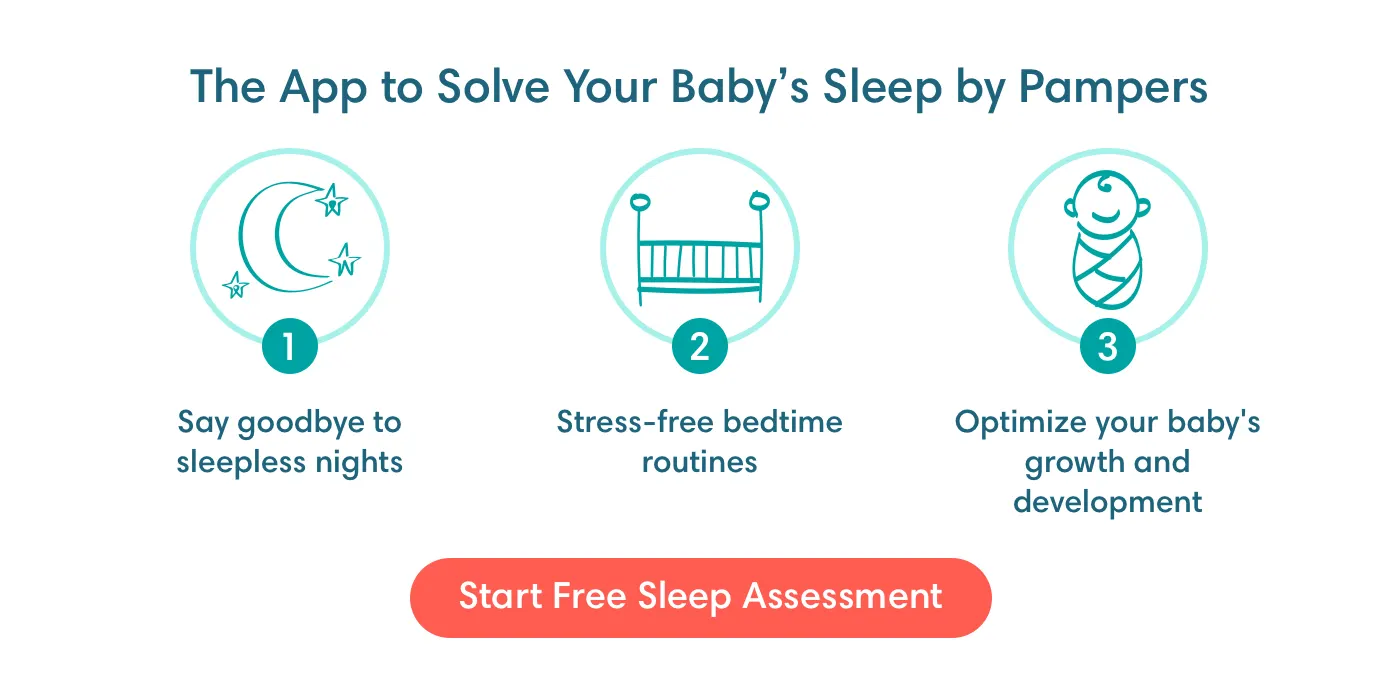
Baby Sleep Tips
2 min readUpdated April 15, 2025
2 min readUpdated April 15, 2025
Sleep is crucial for your new baby's healthy development. Discover these guidelines for creating the perfect slumber, answering the question of how to help your baby sleep.
Feel the Room
Aim for a temperature that's ideal for a lightly clothed adult. Your baby will drift off easily when they’re snug and comfortable.
Dress Them Lightly
Too many layers can leave your baby sweaty and irritable, which does little to help them sleep. Remember that babies usually need just one more layer than adults, so a vest with a cotton sleep sack should suffice for most climates.
Furnish the Floor
A soft rug or wall-to-wall carpeting will help to warm up the room and create a lovely play space on the floor. Rugs or carpet can also help to muffle noise, helping to create a quieter sleep environment.
Keep the Room Dark
Hanging blinds or darkening shades will keep out the early morning light. Installing dimmer switches in your baby's room is another way to create a calming atmosphere. Dim the lights when you're preparing your baby for sleep, lowering them more and more as bedtime approaches.
Leave on a Little White Noise
Some babies sleep better with the washing machine or the vacuum cleaner running, so feel free to go about your regular routine during naptime or after bedtime. The consistent noise is soothing and will help your baby sleep.
You don't need expensive décor or fancy gadgets to create a cosy sleep haven in your new baby's room. Follow your little one’s cues and they’ll soon be dreaming!
Try Smart Sleep Coach
Transform you and your baby into a dream team when it comes to sleep by using the Smart Sleep Coach by Pampers. We know that every baby is unique, and they all have their own sleep patterns and challenges. That’s why our smart app is powered by science, backed by experts and personalised to your baby’s individual sleep needs. Try Smart Sleep Coach today and get personalised tips and recommendations based on your baby’s sleep data, helping your baby to sleep by creating a sleep routine that is tailored to their needs.
How We Wrote This Article
The information in this article is based on expert advice found in trusted medical and government sources, such as the National Health Service (NHS). You can find a full list of sources used for this article below. The content on this page should not replace professional medical advice. Always consult medical professionals for full diagnosis and treatment.











